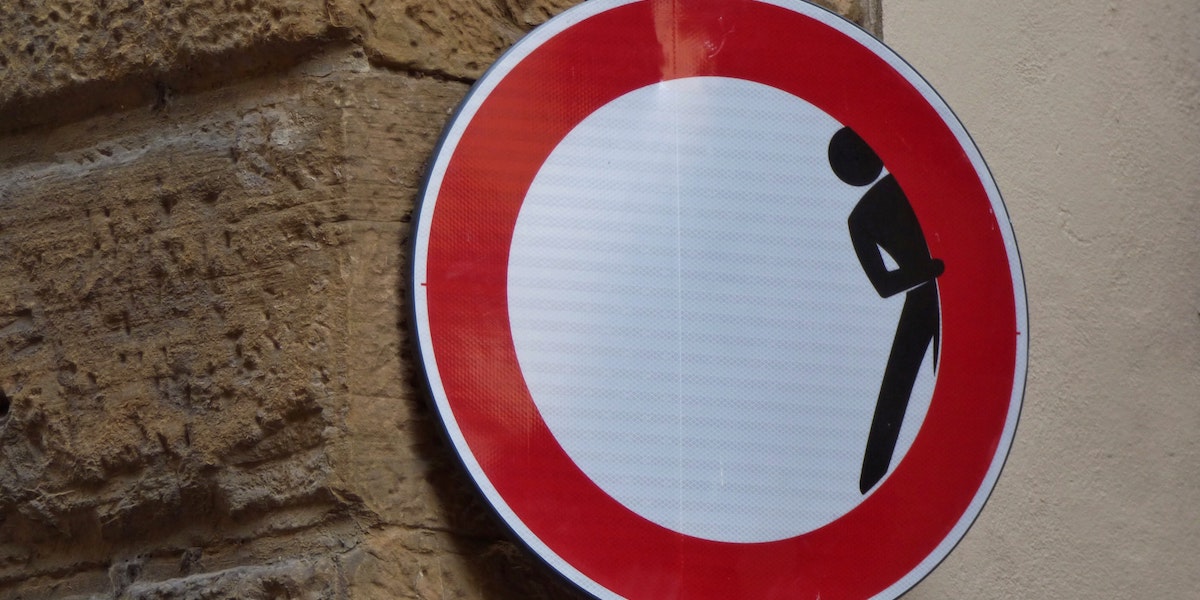You’ve posted a photo of your vaccine card on Instagram. The CDC says it’s okay to leave your bunker. Some of your long-lost friends have expressed interest in taking off their masks, breaking the six-foot barrier, and hanging out with you. Do you remember how? Whether you’re anxious about leaving your house or impatient to trade your house slippers for blue suede shoes, we could all use a refresher on how to connect with our fellow humans—in person—in a way that is not just pleasant but meaningful.
That’s why this week on the Next Big Idea podcast, we dusted off one of our favorite episodes. Host Rufus Griscom speaks with Priya Parker, whose book, The Art of Gathering: How We Meet and Why It Matters, is essential for anyone preparing for post-pandemic socializing. Listen to the full episode below, or read a few of Priya’s most remarkable insights.
What is gathering and why does it matter?
I define gatherings as any time three or more people come together for a purpose. And we are gathering all the time. We spend our mornings gathering; we spend our days gathering; we spend our evenings gathering. Work meetings, schools, town halls, birthday parties, family reunions, board meetings, all-hands-on-deck meetings—many of us are with other people more than we’re not. And part of what I’m arguing here is that, for decades, we have been told to focus on the wrong things.
The majority of the wisdom about gatherings are things like: “To be a great gatherer, you need to be a great chef.” That’s not true. “To be a great gatherer, you need to know about lighting.” That’s not true.
I am a conflict resolution facilitator. My core training is, how do you get a group of people to connect despite their differences? How do you do it quickly? And how do you create meaningful experiences for people that change their perceptions of what’s possible in the world? I wanted to bring that lens to gathering because I think the category that we’ve placed gatherings in—mentally, psychologically, intellectually—is deeply problematic and perpetuates anxiety, isolation, and fracture.
“90 percent of the success of a gathering happens before anyone even walks in the door.”
You can’t leave it to fate.
As a conflict resolution facilitator, I learned a long time ago that bringing people together and just leaving them be does not necessarily create the conditions for people to take meaningful risks. You let people be at a volunteer training, and one person asks all the questions and takes over the rest of the meeting. If you let people be at a dinner party, everybody ends up texting under the table. One of the things that I’ve learned as a facilitator is that 90 percent of the success of a gathering happens before anyone even walks in the door.
If you want to host a successful gathering, you need to take risks.
Transformative gatherings have some level of risk. And the risk can be emotional, psychological, or physical. If you’re only in equilibrium, you can have a nice time—and I’m not saying it’s bad to have a nice time—but you’re not going to have a gathering that changes people. Sex, politics, and religion are a proxy for things that have burning relevance. These are areas where all of us are trying to figure out how to live, make decisions, fight with fairness, and deal with tough situations. It’s worth it to try to organize your conversations—and gatherings—around burning relevance in your life rather than trying to de-risk the whole evening.
“If you want to have vulnerability and meaningful conversation, you need to design for it.”
Want to have a vulnerable, meaningful, spontaneous conversation? Start by setting some rules.
I was hosting a dinner on the eve of a World Economic Forum gathering, and a colleague of mine and I realized that if you want to have vulnerability and meaningful conversation, you need to design for it. So along with my husband, we came up with a set of rules and announced them that night. These were the rules: We invite you to think about a story or an experience in your life that no one in the room has ever heard, and what it’s taught you about a good life. We’re not interested in how great you are or your résumé or bio. We’re interested in exploring the rooms that you’ve been in, and what they’ve taught you about this theme. And the only other rule is that the last person has to sing their toast.
Very early in the night, people started sharing stories about how you can’t talk about the good life without talking about death. Spontaneously, people started sharing stories of being with people on their deathbed, or of their mother’s dying words. And people were saying things that they hadn’t planned on saying that night. It was this beautiful evening, and to this day, I live my life slightly differently because of what people shared that night. So part of what a good host does is understanding, what is the purpose of the night? What is the work of the group? And how do I create a context and maybe some pop-up rules to help the group do that work?
To listen to ad-free episodes of the Next Big Idea podcast, download the Next Big Idea App today:































